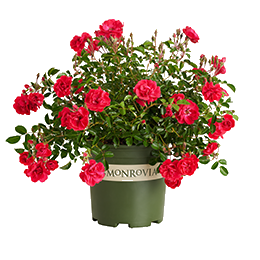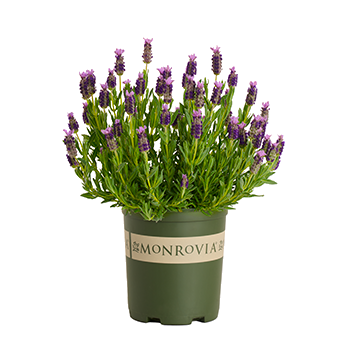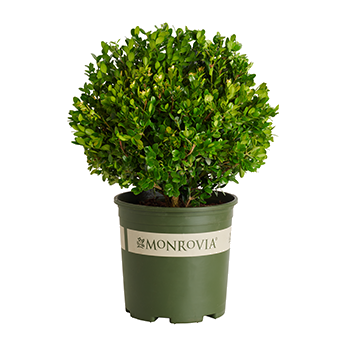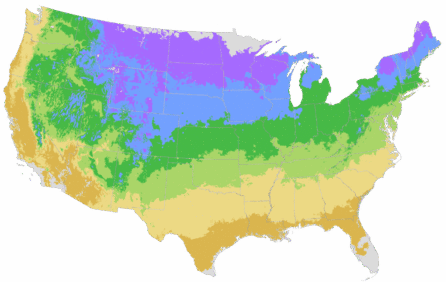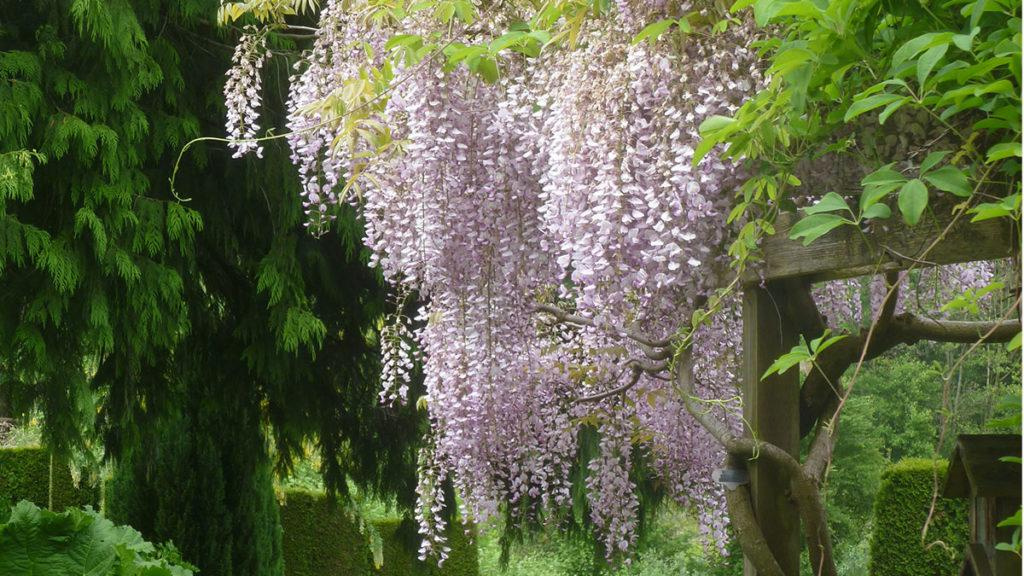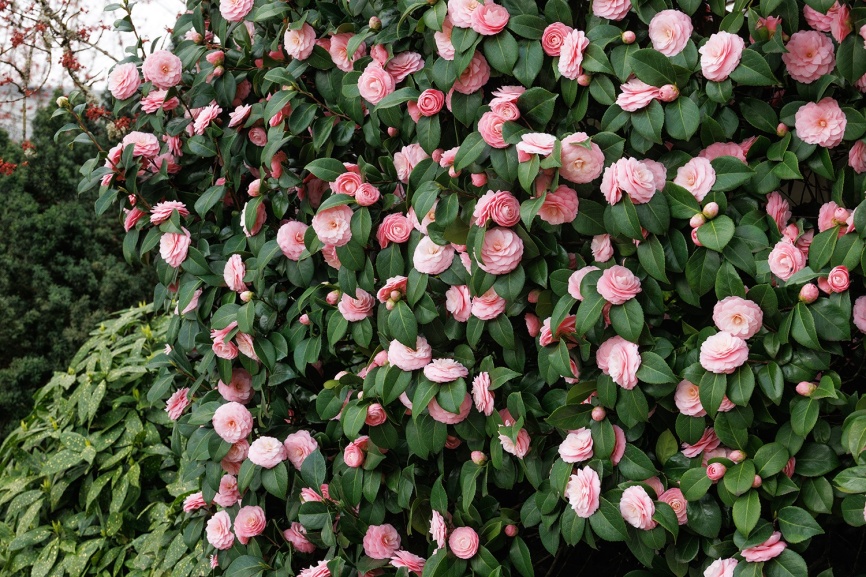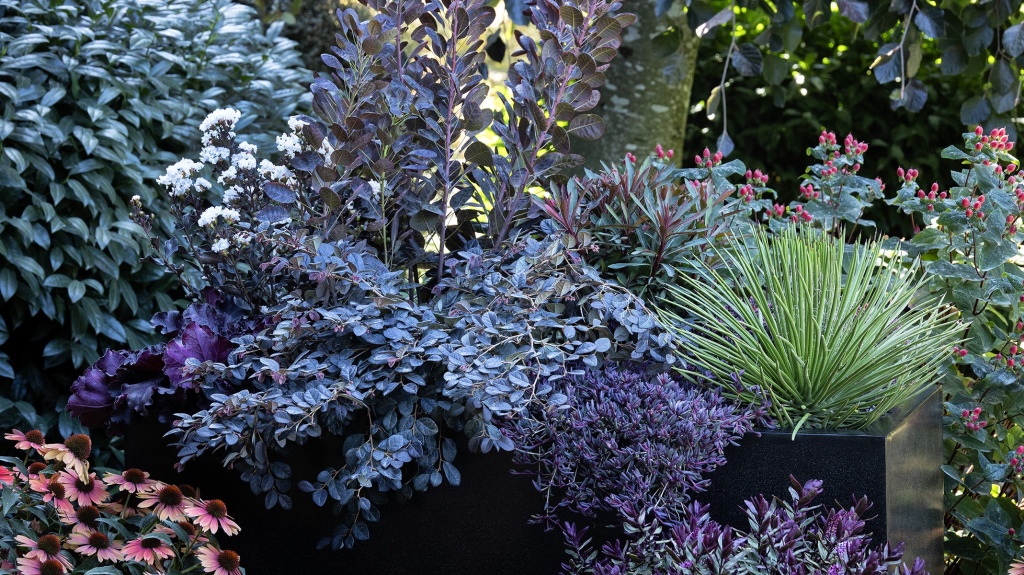You're growing in this Zip Code:
Change LocationDiscover Plants for Your Area
Blue Moon Kentucky Wisteria
Wisteria macrostachya 'Blue Moon'
Retailers Near You
| Description | The hardiest of wisteria! Dependably blooms up to three times in a growing season once established, producing beautiful, foot-long racemes of fragrant, pea-like, lavender-blue flowers. Cloaks shade arbors and structures. Ideal for arching over gateways and entries or along the top of a wall. Deciduous. |
|---|---|
| Bloom Time | Late spring through summer |
| Deciduous/Evergreen | Deciduous |
| Special Features | Fall Color, Attracts Pollinators, Fast Growing |
| Problems/Solutions | Deer Resistant, Rabbit Resistant |
| Growth Rate | Fast |
| Growth Habit | Climbing |
| Flower Attributes | Fragrant, Showy Flowers |
| Landscape Use | Espalier, Privacy Screen |
| Design Ideas | This is an excellent vine for large, sturdy, freestanding arbors, pergolas, posts, trellises, fences or terrace walls, and can be particularly effective when grown near or above patios where the flowers can be enjoyed in season. |
| Flower Color | Blue |
| Foliage Color | Green |
| Foliage Fall Color | Yellow |
| Companion Plants | Rose (Rosa); Daylily (Hemerocallis); Phlox (Phlox); Shasta Daisy (Chrysanthemum); Salvia (Salvia) |
| Care Instructions | Thrives in enriched, slightly acidic, well-drained soil, with sturdy trellis or arbor support. Water deeply, regularly during first growing season to establish an extensive root system; reduce frequency once established. Feed in early spring. Trim lightly after flowering to promote repeat bloom. Prune in late winter to shape and control size. |
| Description | The hardiest of wisteria! Dependably blooms up to three times in a growing season once established, producing beautiful, foot-long racemes of fragrant, pea-like, lavender-blue flowers. Cloaks shade arbors and structures. Ideal for arching over gateways and entries or along the top of a wall. Deciduous. |
|---|---|
| Bloom Time | Late spring through summer |
| Deciduous/Evergreen | Deciduous |
| Special Features | Fall Color, Attracts Pollinators, Fast Growing |
| Problems/Solutions | Deer Resistant, Rabbit Resistant |
| Growth Rate | Fast |
| Growth Habit | Climbing |
| Flower Attributes | Fragrant, Showy Flowers |
| Landscape Use | Espalier, Privacy Screen |
|---|---|
| Design Ideas | This is an excellent vine for large, sturdy, freestanding arbors, pergolas, posts, trellises, fences or terrace walls, and can be particularly effective when grown near or above patios where the flowers can be enjoyed in season. |
| Flower Color | Blue |
| Foliage Color | Green |
| Foliage Fall Color | Yellow |
| Companion Plants | Rose (Rosa); Daylily (Hemerocallis); Phlox (Phlox); Shasta Daisy (Chrysanthemum); Salvia (Salvia) |
| Care Instructions | Thrives in enriched, slightly acidic, well-drained soil, with sturdy trellis or arbor support. Water deeply, regularly during first growing season to establish an extensive root system; reduce frequency once established. Feed in early spring. Trim lightly after flowering to promote repeat bloom. Prune in late winter to shape and control size. |
|---|
Retailers Near You
About Us
We have been pioneers and craftsmen in the art of growing plants for nearly
100 years. Since our founding in Southern California by Harry E. Rosedale, Sr.
in 1926, we have been absolutely dedicated and obsessed with quality.
We have been pioneers and craftsmen in the art of growing plants for nearly 100 years. Since our founding in Southern California by Harry E. Rosedale, Sr. in 1926, we have been absolutely dedicated and obsessed with quality.
